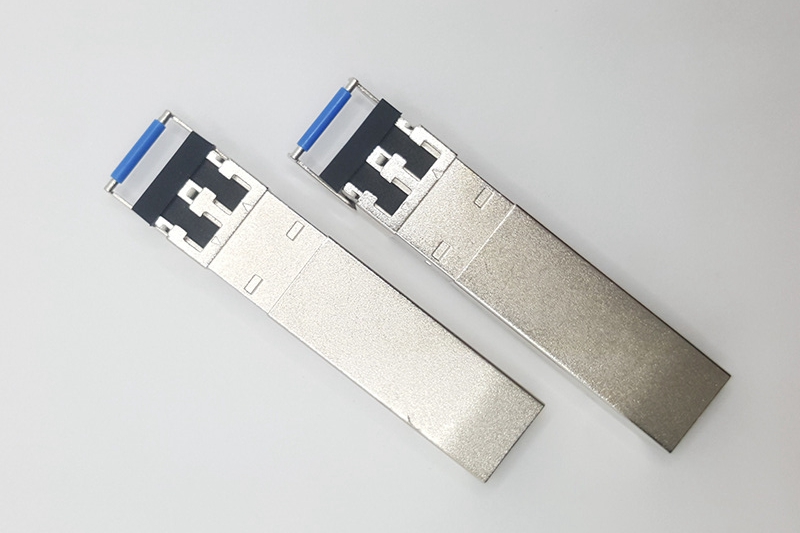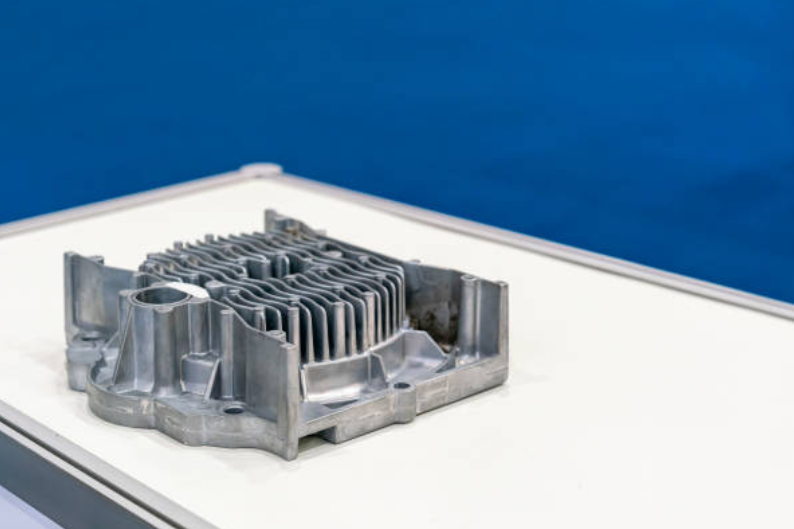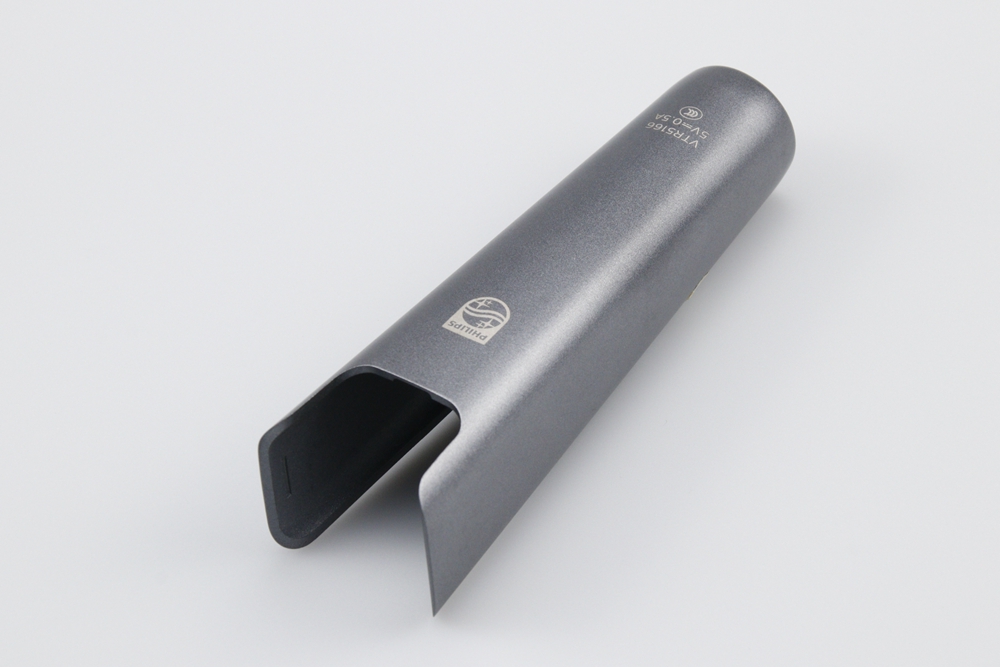Thinnest Wall in Aluminum Die Casting: How Thin Can We Go?
Introduction
Aluminum die casting is a cornerstone of modern manufacturing, offering a combination of precision, strength, and lightweight properties. It is widely used in automotive, aerospace, and electronics industries. Understanding the limits of aluminum die casting, such as the thinnest wall achievable, is crucial for optimizing designs and reducing material costs.
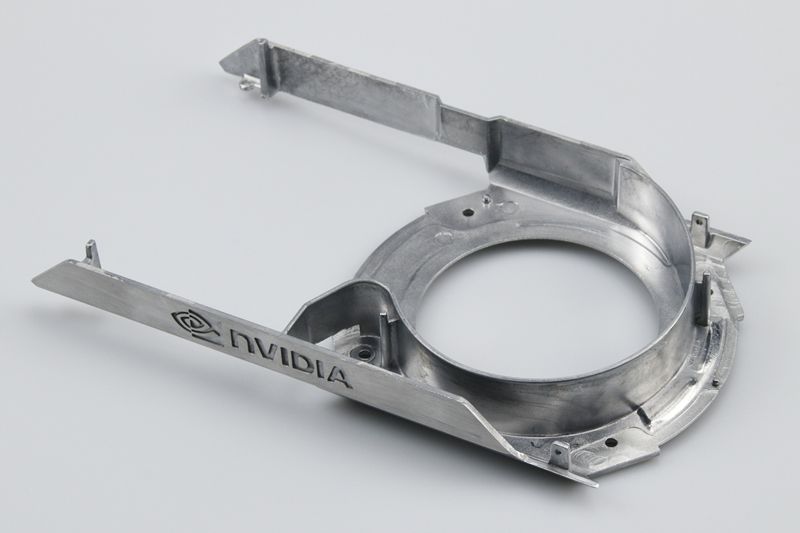
Understanding Wall Thickness in Die Casting
Wall thickness in die casting refers to the minimum thickness of the metal section that can be consistently produced within the mold. Thinner walls reduce material usage and weight, which improves performance and cost-efficiency. However, achieving fragile walls requires careful consideration of the material properties and casting process capabilities.
Factors Affecting Minimum Wall Thickness
Material Properties of Aluminum:
Strength-to-weight ratio: Aluminum offers excellent strength while lightweight, making it ideal for durable applications without excess weight.
Thermal conductivity: Aluminum’s high thermal conductivity helps in rapid cooling, crucial for maintaining structural integrity in thin sections.
Die Casting Process Capabilities:
Precision of molds: Advanced mold-making techniques allow for exact molds, essential for achieving thin walls.
Cooling rates: Rapid and uniform cooling is necessary to prevent defects in thin-walled sections.
Technological Advancements:
High-pressure die casting: This process enhances the ability to cast thinner walls by injecting molten aluminum into the mold at high pressure.
Advanced mold materials: Using high-quality steel and other advanced materials for molds improves their durability and precision.
Achievable Wall Thickness in Aluminum die-casting
Industry Standards and Typical Ranges:
The typical achievable wall thickness for aluminum die casting ranges from 0.040 inches (1.0 mm) to 0.080 inches (2.0 mm). However, with advanced techniques, it is possible to achieve walls as thin as 0.020 inches (0.5 mm).
Case Studies and Real-World Examples:
At Neway, we have successfully produced components with wall thicknesses as thin as 0.025 inches (0.65 mm). For instance, an automotive component we manufactured required fragile walls to reduce weight while maintaining strength. We achieved the desired thickness without compromising quality by using high-pressure die casting and precise mold fabrication.
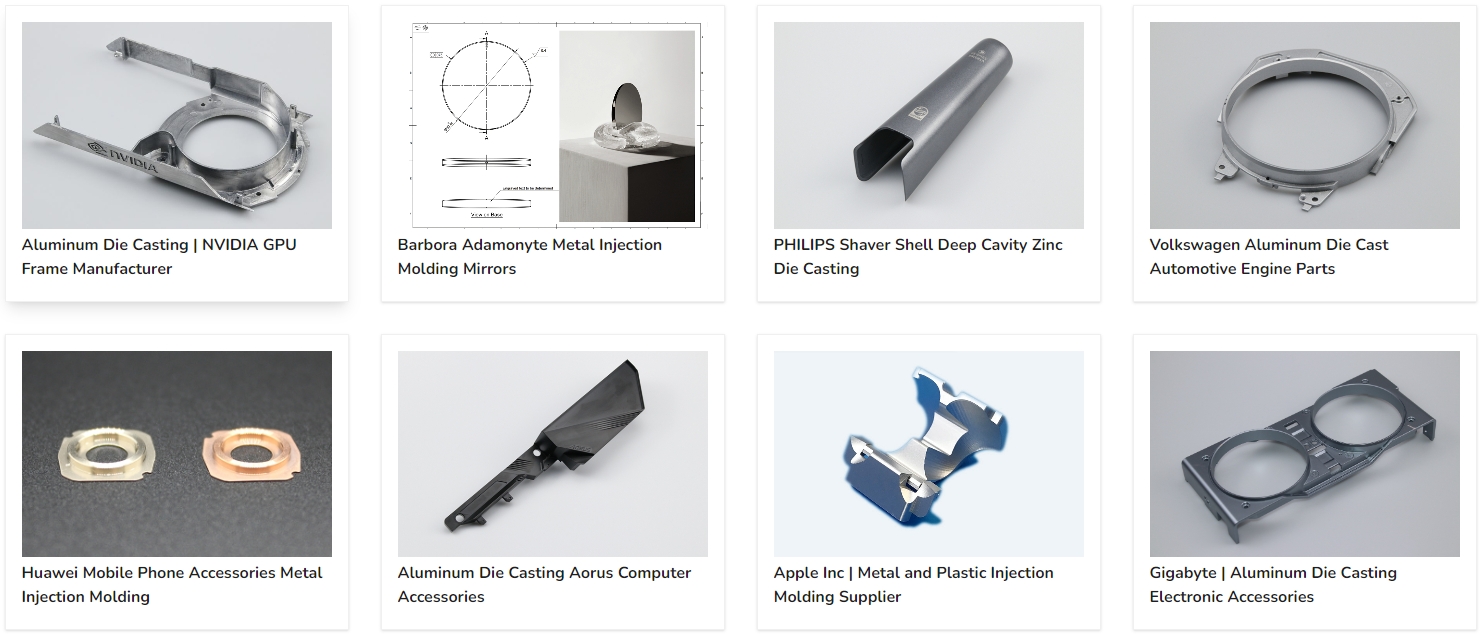
Challenges and Considerations
Structural Integrity:
Thin walls are more prone to defects such as porosity and warping. Ensuring structural integrity requires meticulous process control and inspection.
Manufacturing Costs:
Achieving thinner walls increases manufacturing complexity and precision requirements, leading to higher costs. However, the material savings and performance benefits often outweigh these costs.
Quality Control Measures:
Advanced inspection techniques, such as X-ray tomography and ultrasonic testing, detect and rectify defects, ensuring consistent quality in thin-walled castings.
Innovations and Future Trends
Emerging Technologies in Die Casting:
Integration with additive manufacturing allows for creating complex geometries and further reduces wall thickness limitations.
Continuous research in alloy development and process optimization pushes the boundaries of what is achievable with aluminum die casting.
Potential for Even Thinner Walls:
Ongoing advancements in die-casting technologies and materials science hold promise for achieving even thinner walls in the future. These innovations will further enhance the efficiency and performance of aluminum components.
Conclusion
Understanding the capabilities and limitations of aluminum die casting, particularly in achieving thin walls, is essential for optimizing product design and manufacturing efficiency. With continuous technological advancements, the potential for even thinner walls is on the horizon, promising further improvements in performance and cost-effectiveness.
